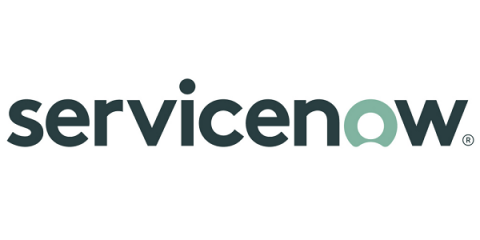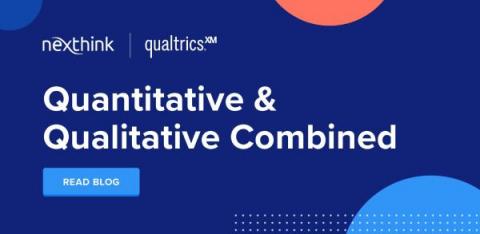The hidden key to finding skilled tech workers
It’s no secret that we’re experiencing a talent shortage in the tech industry. At the same time, the automation of many jobs is near. It’s easy to assume these two realities mitigate each other, but the situation is much more complex. Although automation may replace millions of low-skill jobs, it will create millions of jobs that require skilled tech workers, according to a report by consulting company BCG.









